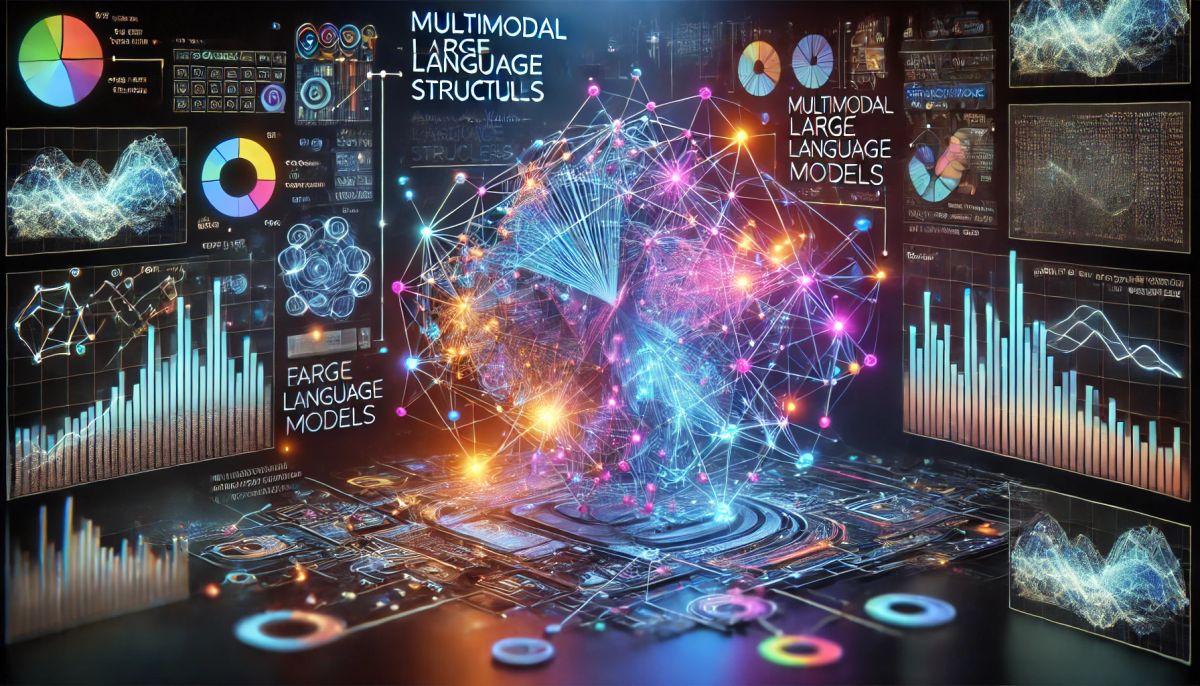Graph-structured combinatorial optimization problems are some of the most challenging tasks in computational science due to their nonlinear and intricate nature. Traditional methods often fall short in scalability and efficiency, but a recent study introduces a groundbreaking approach that leverages Multimodal Large Language Models (MLLMs) to tackle these problems. This blog post explores the key insights and innovations from this research, providing an engaging and detailed overview.
Understanding Graph-Structured Problems
Graphs are essential tools for modeling complex relationships in fields such as social networks, public health, and logistics. However, their discrete nature makes optimization challenging, especially for large-scale networks. Here are some key challenges:
- NP-Hard Nature: Many graph-related problems grow exponentially with the number of nodes and edges, making brute-force solutions impractical.
- Scalability Issues: Meta-heuristic algorithms face difficulties as datasets expand.
- Limitations of Graph Neural Networks (GNNs): While GNNs have shown promise, they often lose global structural information due to over-smoothing and struggle with generalization to unseen networks.
These challenges necessitate innovative approaches that combine computational efficiency with human-like spatial reasoning.
The Role of MLLMs in Graph Optimization
What Are MLLMs?
Multimodal Large Language Models extend traditional LLMs by incorporating visual intelligence. This enables them to process not just text but also images, making them uniquely suited for graph-based tasks where spatial relationships are critical.
Key Innovations
Graph-to-Image Transformation:
- Graphs are converted into images to preserve higher-order structural features.
- This approach allows MLLMs to emulate human-like spatial reasoning when analyzing graph data.
Simple Optimization Techniques:
- Instead of relying on computationally expensive training or fine-tuning, MLLMs are paired with straightforward optimization strategies.
- Tasks like network dismantling and influence maximization benefit from this simplicity.
Visualization Strategies:
- For small networks, all nodes are labeled (full-label visualization).
- For large networks, only critical nodes are labeled (partial-label visualization) to maintain clarity on limited canvas sizes.
Applications in Combinatorial Problems
1. Influence Maximization (IM)
IM involves identifying key nodes in a network to maximize information spread. Traditional methods like greedy algorithms or meta-heuristics have been effective but computationally intensive. The study demonstrates how MLLMs can:
- Model seed nodes visually and textually.
- Achieve competitive results without complex derivations.
2. Network Dismantling
This task identifies minimal node sets whose removal fragments the network most effectively. MLLMs excel here by:
- Utilizing spatial intelligence to identify critical hubs.
- Simplifying prompts for efficient node selection.
Advantages Over Traditional Methods
Human-Like Reasoning:
- By processing graphs as images, MLLMs mimic human spatial reasoning capabilities.
No Complex Training Required:
- Unlike GNNs, which require extensive training on specific datasets, MLLMs deliver results with minimal preprocessing.
Scalability:
- The partial-label visualization strategy ensures that even large-scale networks can be analyzed effectively.
Experimental Results
The study evaluated MLLMs across various graph-related tasks, including sequential decision-making and fundamental graph problems. Key findings include:
- Exceptional performance on tasks like influence maximization and network dismantling.
- Superior spatial intelligence compared to traditional LLMs and GNNs.
- Promising results without the need for fine-tuning or extensive computational resources.
Future Directions
While the potential of MLLMs is evident, there is room for improvement:
- Scaling Up Datasets: Current experiments involve relatively small networks; larger datasets could unlock further insights.
- Benchmark Comparisons: More rigorous benchmarking against state-of-the-art methods will validate their practical applicability.
- Enhanced Visualization Techniques: Refining graph-to-image conversion methods could further improve performance.
Conclusion
The integration of Multimodal Large Language Models into graph-structured combinatorial optimization marks a transformative shift in how we approach these complex problems. By combining visual intelligence with simple optimization strategies, MLLMs offer a scalable, efficient, and human-like framework for tackling tasks that were previously deemed computationally infeasible.
As this technology evolves, it holds immense promise not just for academic research but also for real-world applications in areas like social network analysis, public health interventions, and logistics optimization.
For those interested in cutting-edge advancements at the intersection of artificial intelligence and graph theory, this study provides a compelling glimpse into the future of combinatorial optimization.
